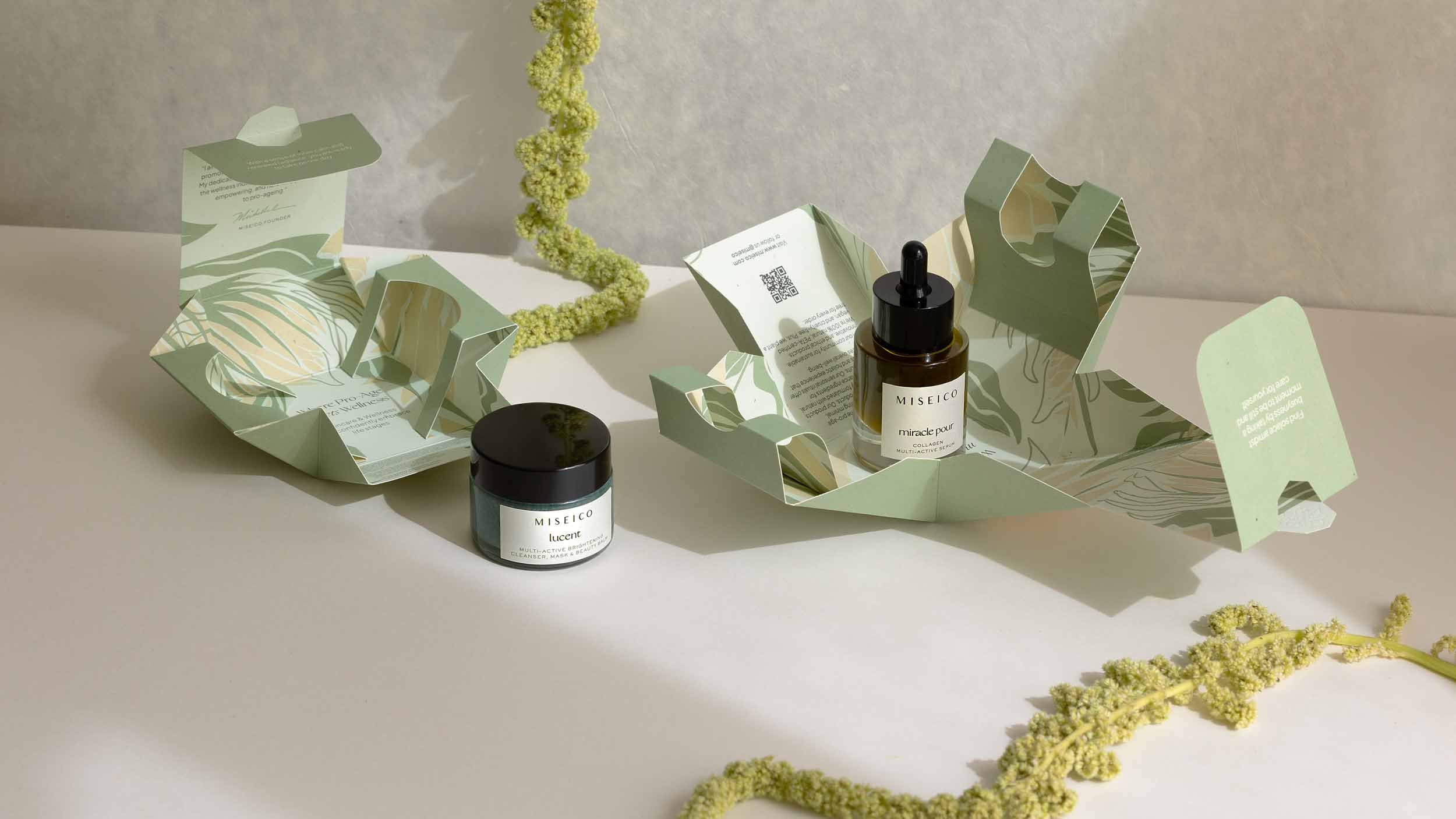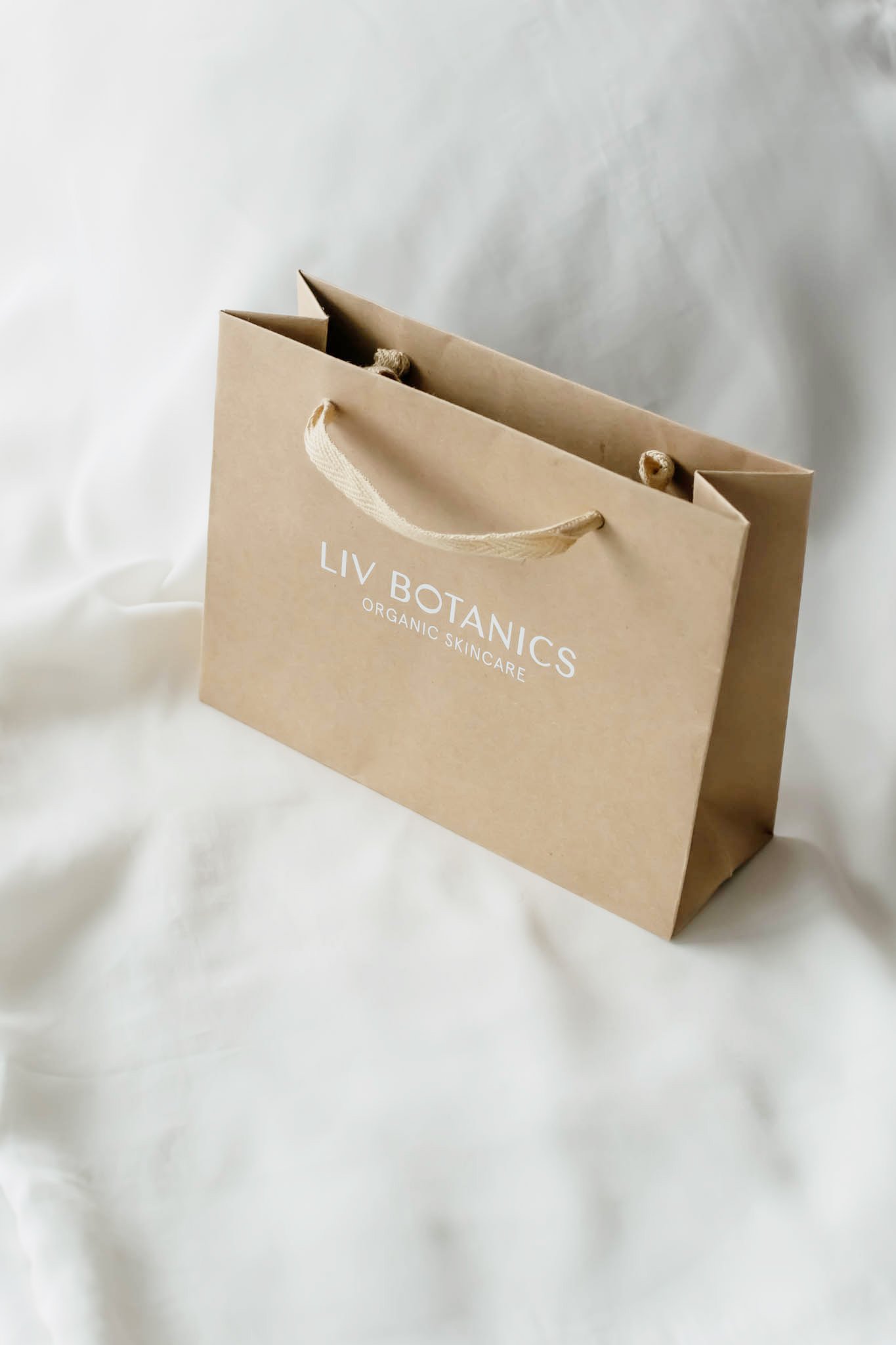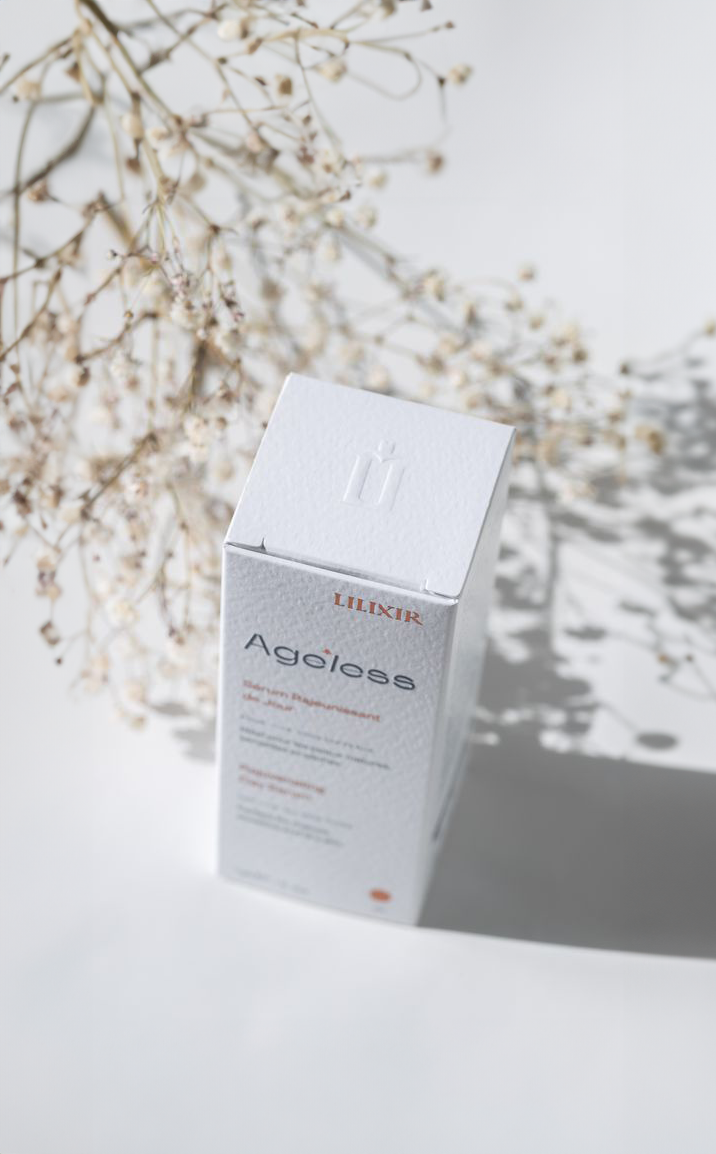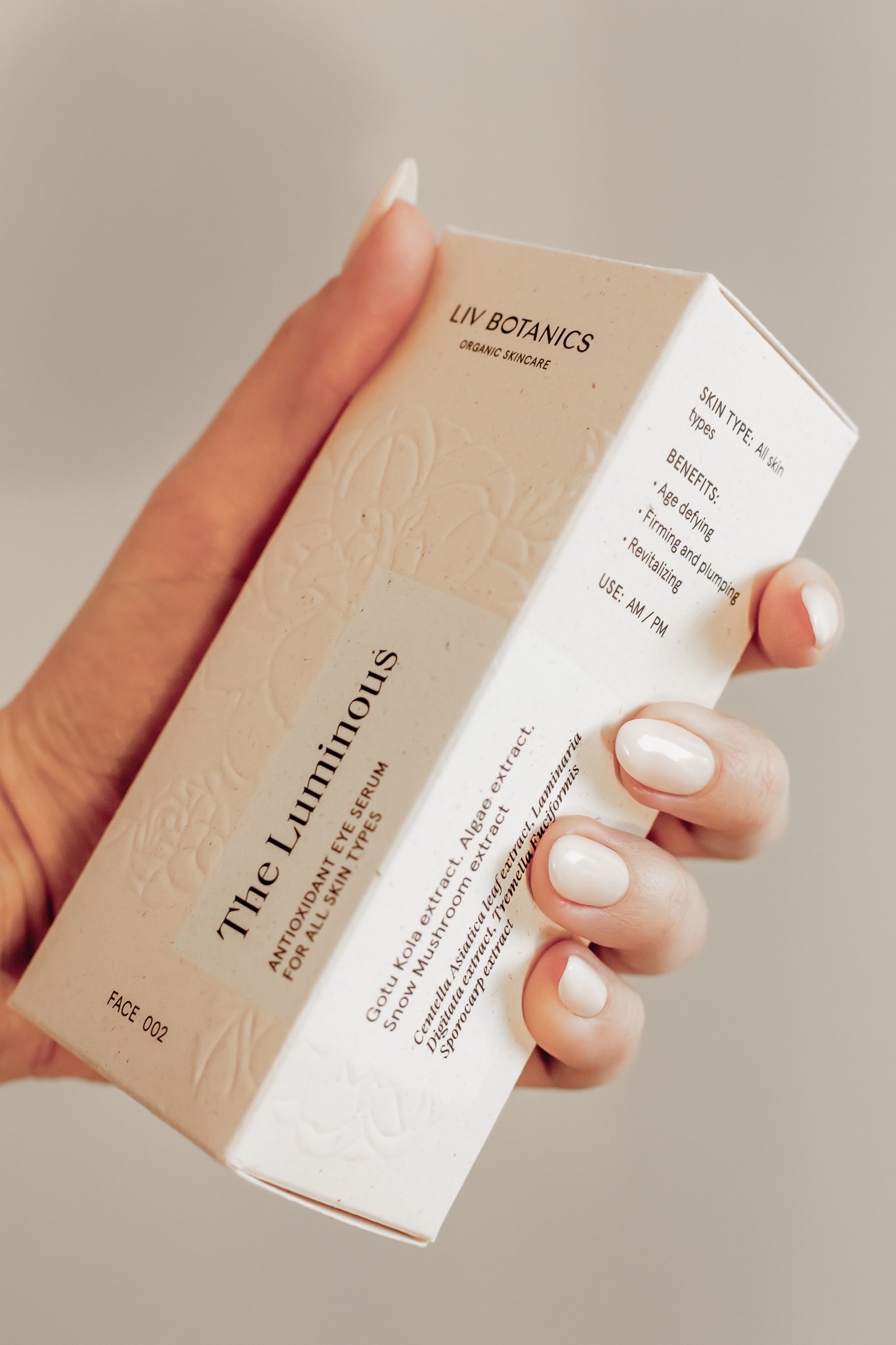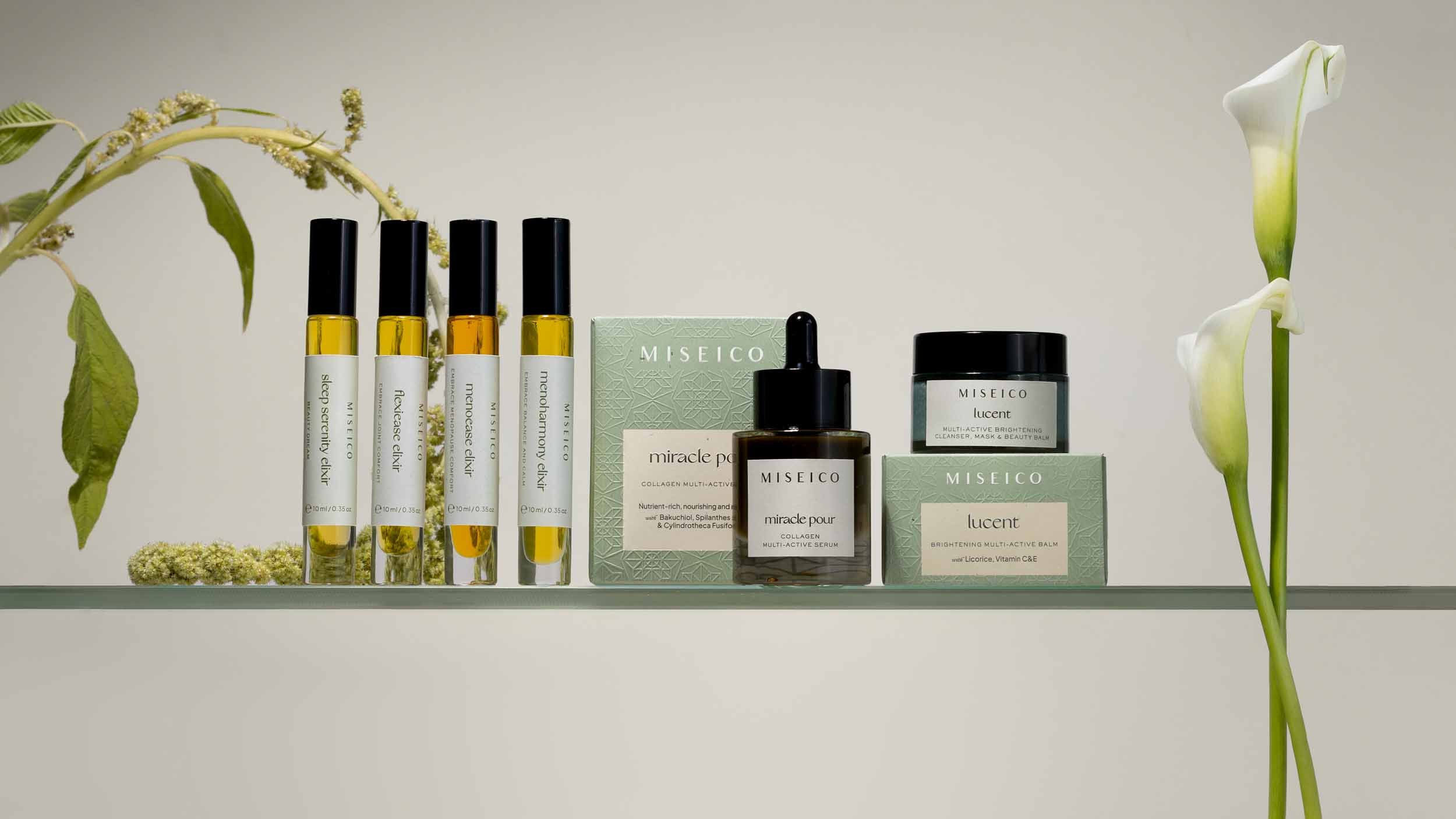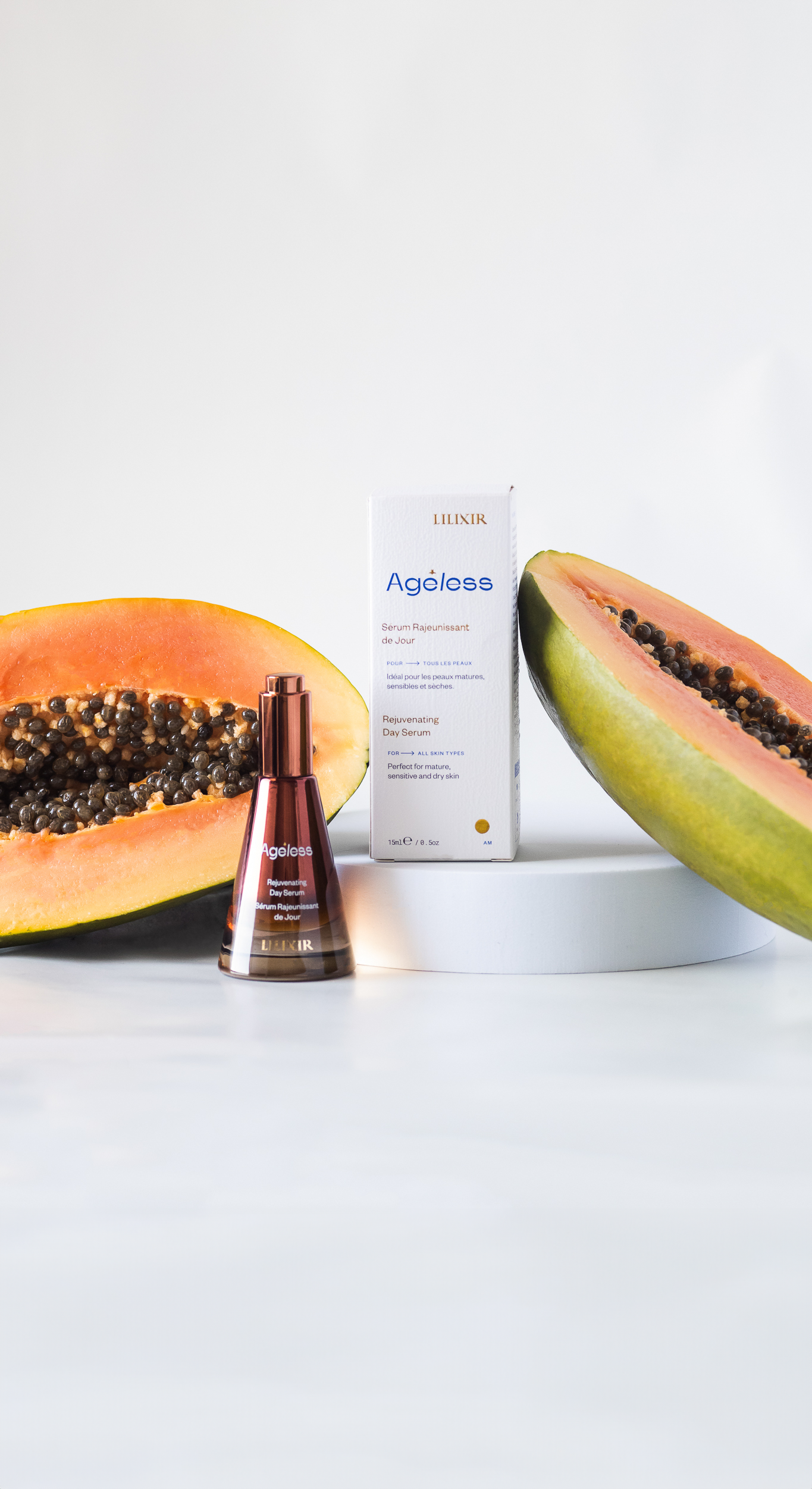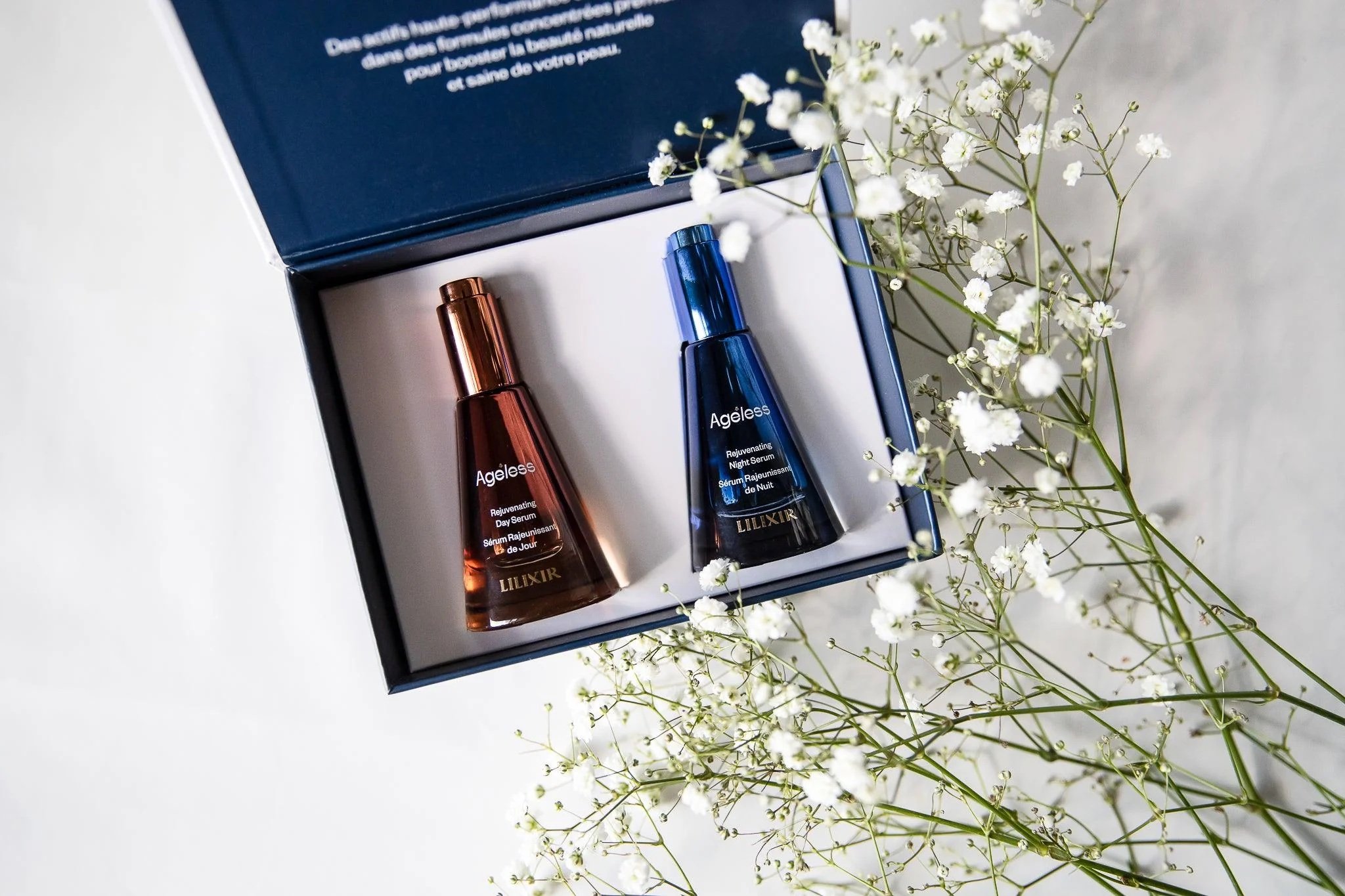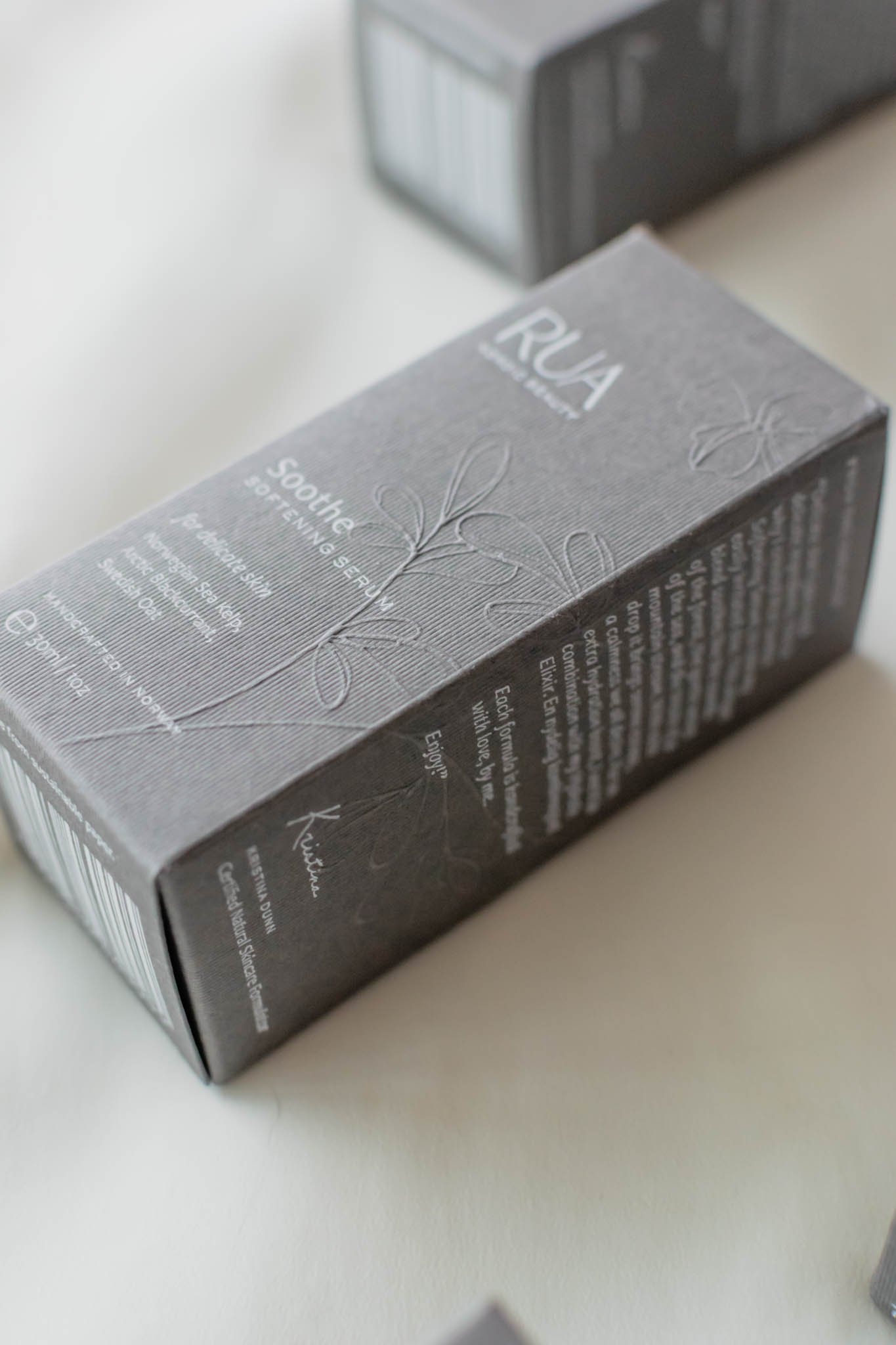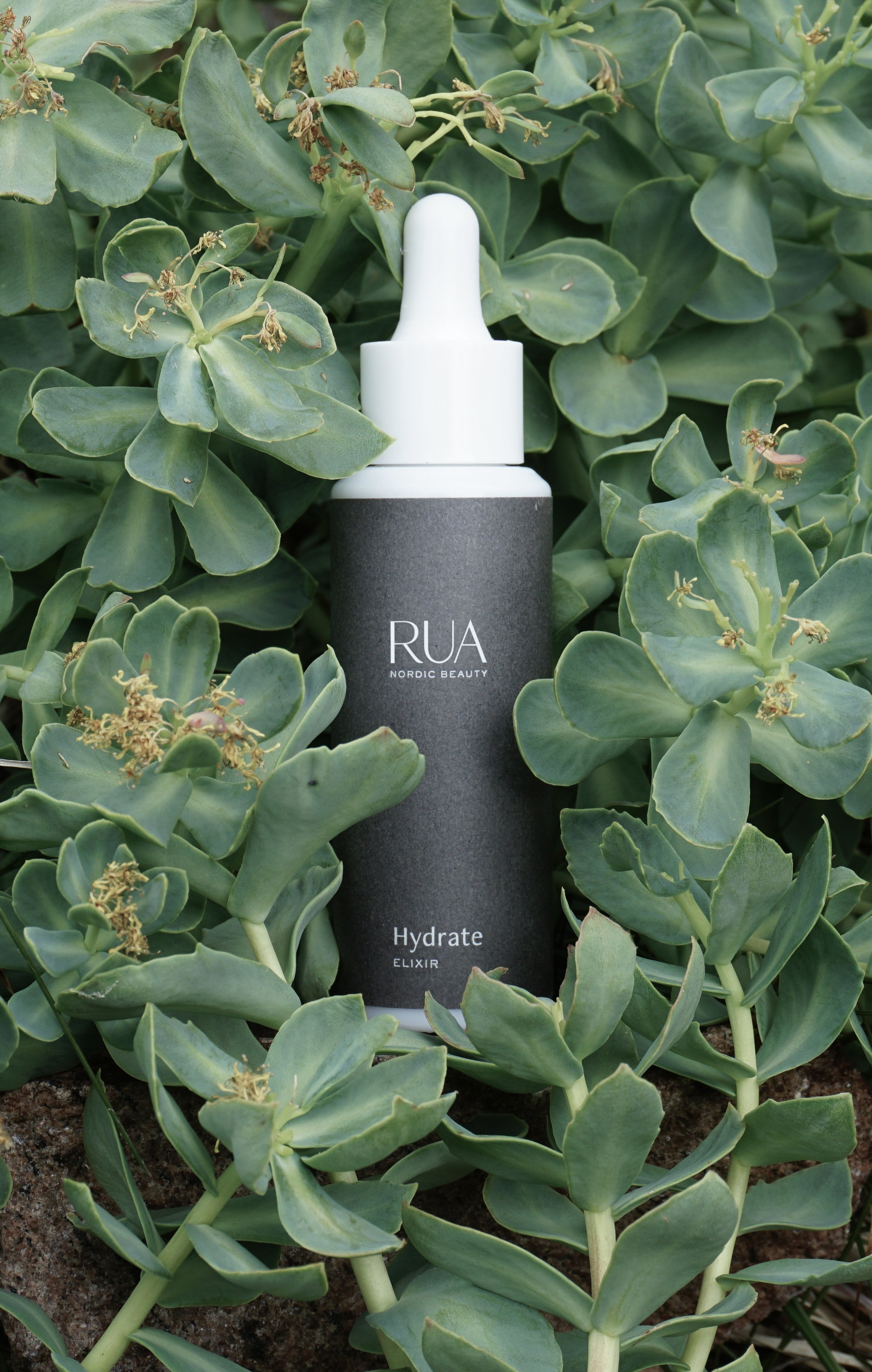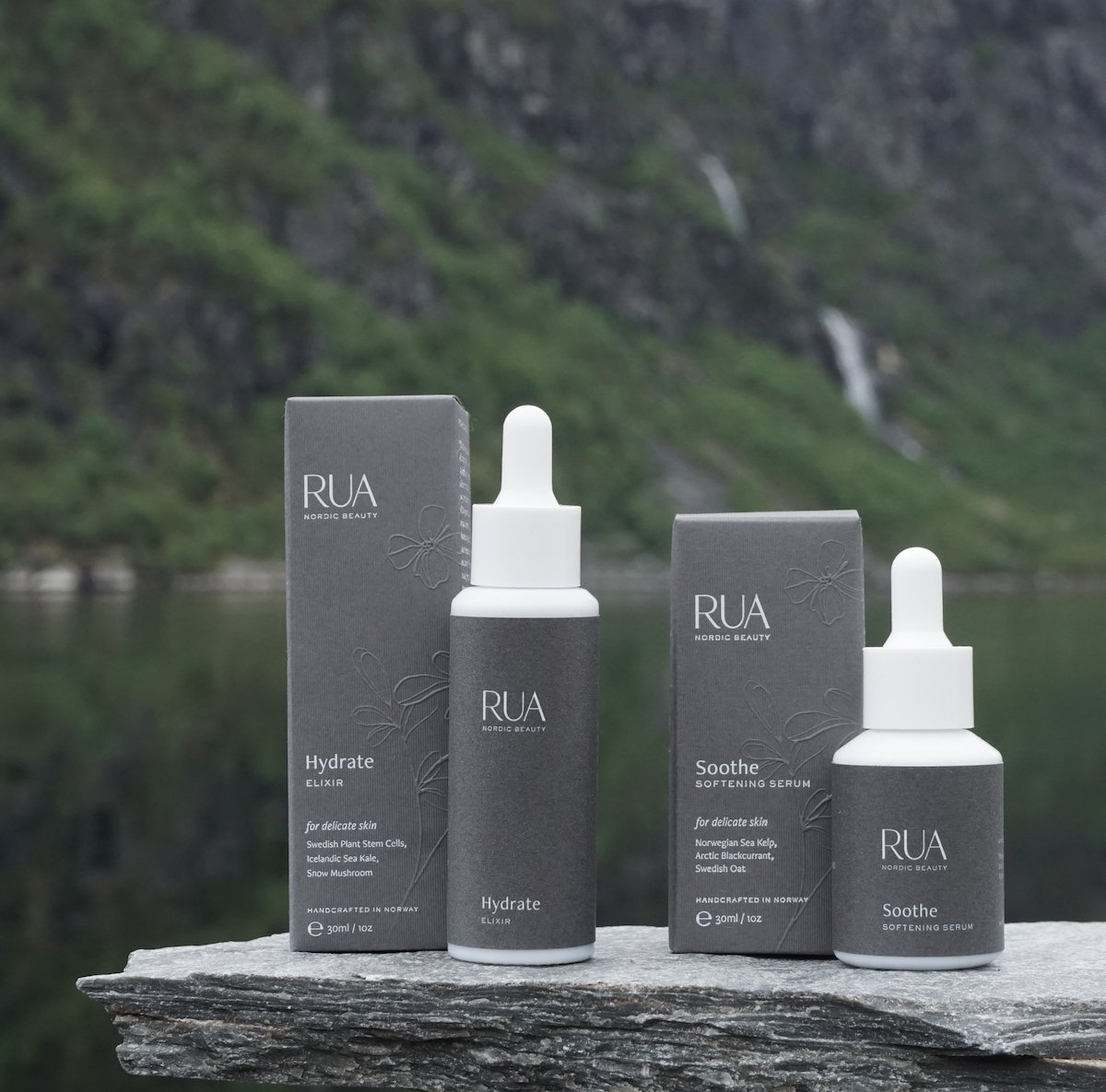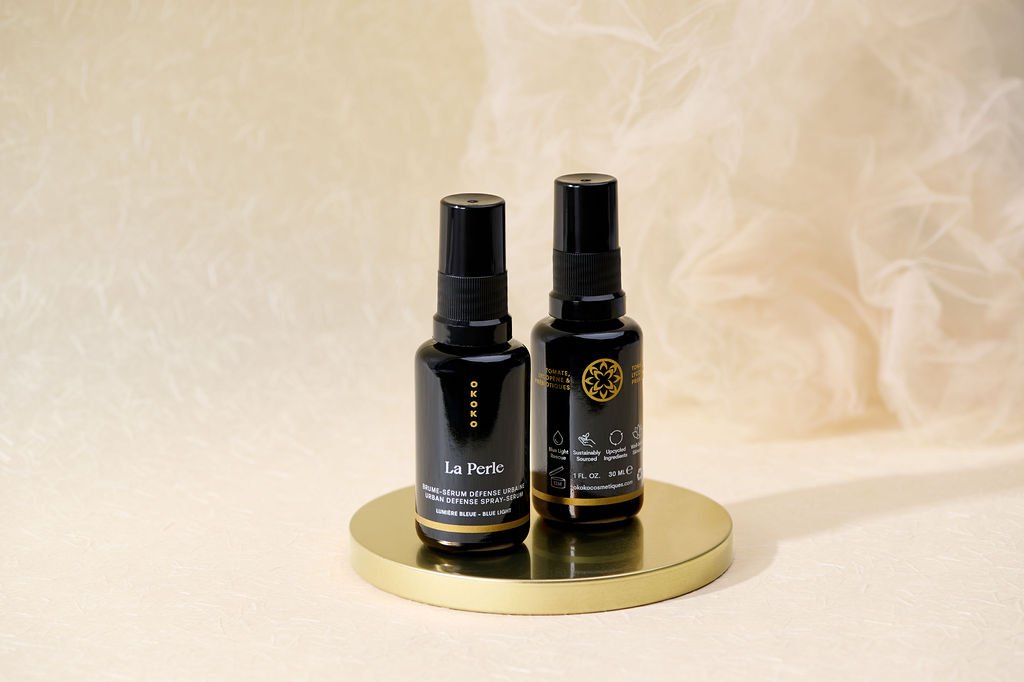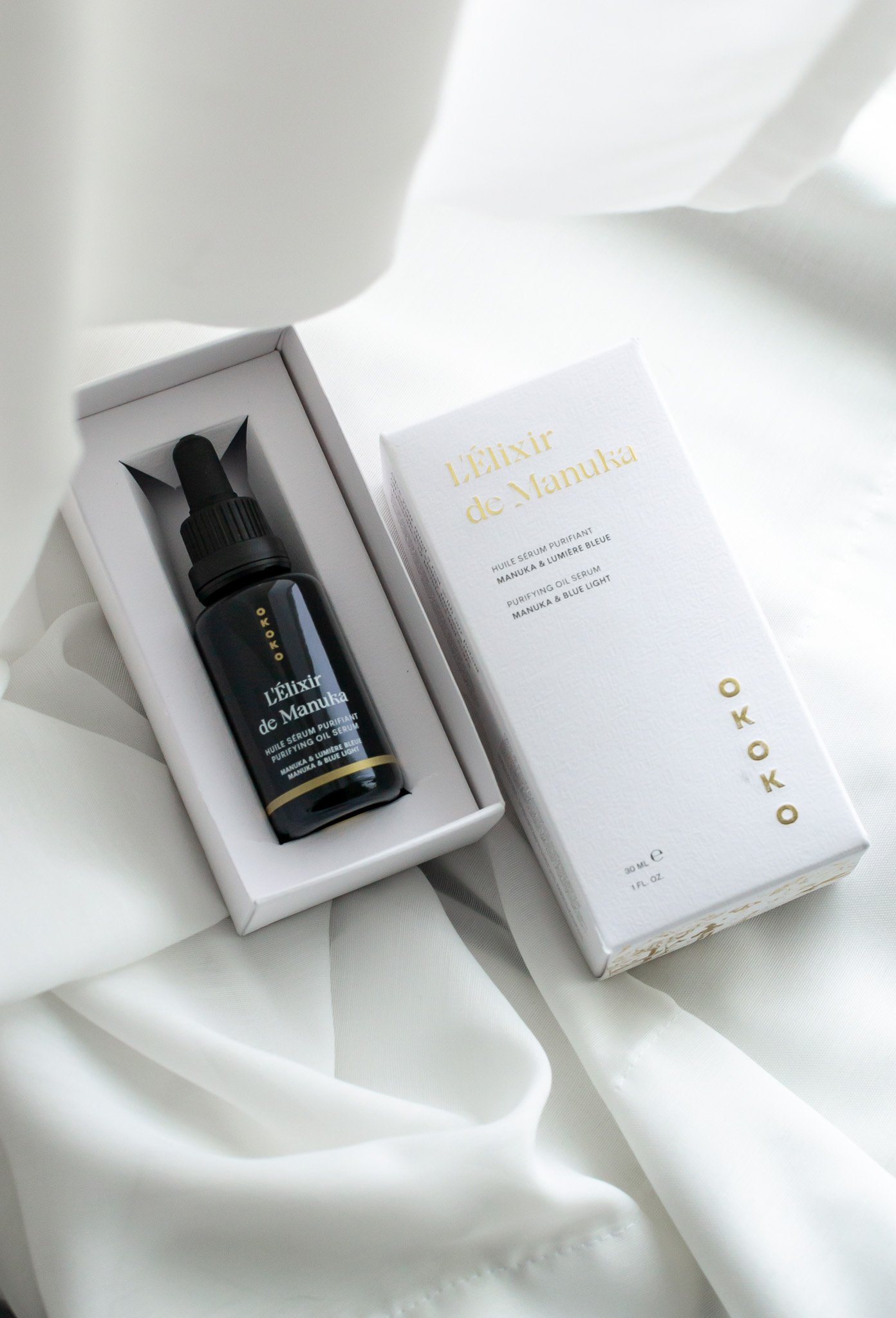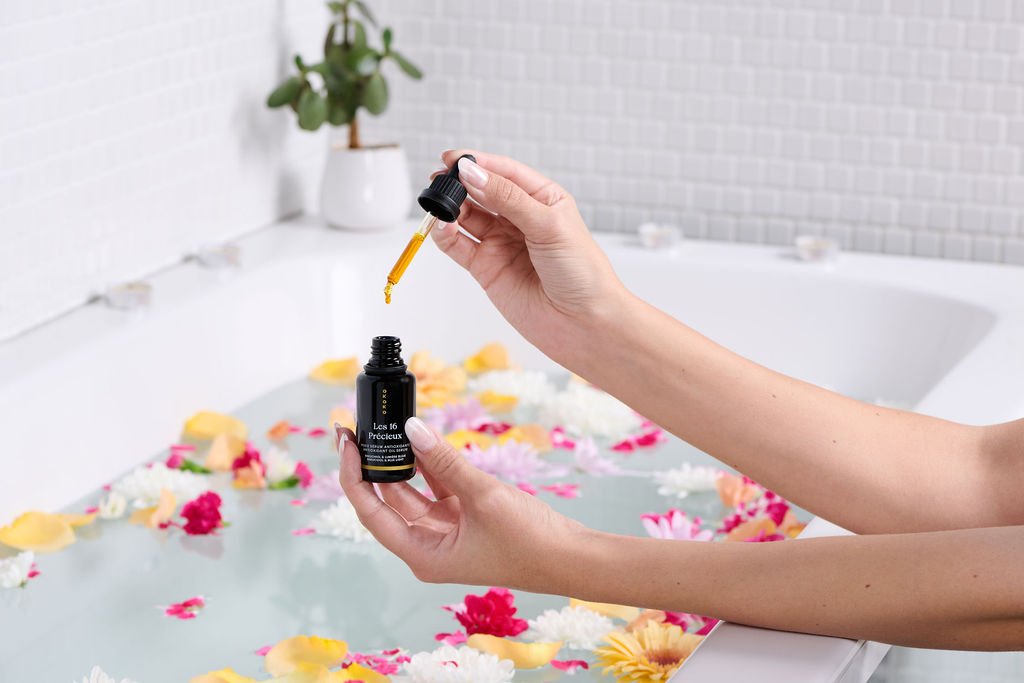Alternatives for a more sustainable packaging
eco-responsible tips
Why is polluting stuff still around?
Once you pull the curtain back on the environmental issues, it is hard to stop asking questions such as this. With online shopping increasing more and more and the Earth temperatures following along, every business can make a difference, and yours can too.
The goal is to rethink how we design packaging: make it long-lasting, avoid unnecessary extras, source locally, repurpose our waste and prefer materials that regenerate the environment.
But, if you still don’t invest in eco-friendly alternatives, why do you do so?
A - you are not aware of the issue
B - you think it is more affordable
C - you don't know any other way
If you answered B or C, or you’re looking for ideas to make your packaging greener, here you can find some eco-responsible ways to deliver your beautiful products safely without harming the planet. These options are becoming widely available, making them an affordable, conscious choice that your customers will surely appreciate.
Sustainable packaging benefits your business, your consumers, the economy and, in the long term, the planet's health and ability to be resilient in the face of a continually changing climate.
1. Paper Mailers
Plastic mailers are a thing of the past, and we should leave them behind. Instead, we can look at new, exciting alternatives like paper mailers or compostable plastic ones.
Compostable plastic mailers are usually made of fermented sugar cane or corn starch mixed with a petroleum derivate. They are a good first step towards a more sustainable shipping option than regular plastic mailers as long as they skip the landfill - where they wouldn't find oxygen to break down, creating carbon dioxide and methane instead - and they reach the compost pile. The sad truth is that many waste stream facilities are not as advanced as the bioplastic materials we’re coming up with. If you operate and ship to a location where you are sure that the compostable plastic mailers will be disposed of properly, then go for it. Always double-check with the local authorities so that you can make informed decisions.
A much better alternative would be (recycled) paper mailers, as they are easily recyclable. In addition, they come in different sizes and thicknesses, depending on the needs. For example, you can find flexible kraft mailers for clothes and items that don’t need much cushioning or reinforced kraft mailers for more fragile items and even padded paper mailers with paper that act like the old-fashioned plastic bubble mailers.
Remember that paper is heavier than plastic mailers, so prefer ordering from a local supplier to reduce your CO2 emissions during transport.
2. Paper Tape
When it comes to shipping your products, the tape you use needs to be solid and durable. That’s why plastic tapes are often chosen to hold cardboard boxes together; yet, sadly, they are wasteful and polluting from production to disposition. In addition, because they are made from petroleum, they are not recyclable, not compostable, toxic when burnt, and therefore harmful to us and our planet.
The good news is that there are plenty of alternatives plastic-free that can make sure your package arrives at its destination.
Paper packing tape looks great, is more robust, and is better for the environment. You can choose between self-adhesive paper tape or water-activated; the latter is a strip of paper with a plant-based adhesive on one side that bonds with the box. It must be wetted evenly to work properly, so it requires a special dispenser. Some paper tapes are even compostable and fully biodegradable.
3. Filling Material
One of the biggest culprits when it comes to shipping’s impact is the materials and the fillings used to protect the products.
Polystyrene has been the standard for a while, but that material lingers in the environment for like.. forever. It takes hundreds of years to break down in a landfill, becoming then even more toxic. The same goes for plastic bubble wraps and similar. Luckily, we have so many alternatives to look at: more convenient, definitely sexier, and most importantly, more environmentally responsible. Here are a few:
Cornstarch Peanuts
Ideal for: Cushioning, void filling
Corn packing peanuts are a fantastic way to keep your products safe while they travel. The peanuts are made with organic material derived from the corn plant, and they are great for void filling. They dissolve quickly in water and won’t pollute waterways. Some manufacturers even offer the option to have them coloured instead of their natural off-white colour. Such a fantastic way to have on-brand peanuts!
Mycelium
Ideal for: custom inserts and shapes, void filling
Mixing agricultural waste or hurds with mushroom roots, we obtain mycelium. This is an innovative regenerative option as it gives new life to waste while being carbon neutral. The raw material can be moulded and dried into custom shapes, making it the perfect choice for custom-designed box inserts, sets and protect fragile products. In addition, mycelium packaging is light and can be rapidly composted at home, breaking down into non-toxic matter.
Shredded Paper
Ideal for: Cushioning, void filling
Crinkle paper is shredded strips of paper folded into an accordion shape that acts like a spring to cushion products. Available in different colours, from kraft, white, to black, crinkle paper is great to fill your boxes and protect with style. Flexible, versatile, and lightweight, it keeps fragile items protected in a lovely nest.
Raffia
Ideal for: Cushioning, void filling
Native to tropical regions of Africa, and especially Madagascar, raffia is a palm straw. Available in many colours, raffia filling is a charming way to add some extra love and protection to your shipping boxes. Always make sure your raffia comes from fair-trade and ethical sources.
Indented Kraft Paper
Ideal for: Cushioning, wrapping
Indented kraft paper has bumps across it, creating a beautiful texture that acts as a stylish cushion. Made with 100% recycled paper, it is usually an excellent choice for wrapping products that don’t need too much protection yet need some cushioning from rubbing and scratching. This paper is such an elegant and minimalistic way to protect your products while they travel!
Kraft Paper
Ideal for: Cushioning, wrapping
Kraft paper is perfect for ensuring complete product protection and filling the empty space to prevent items in the box from moving around. It's a brown, sturdy paper available in different thicknesses so that you can choose the one that best fits your products. If you have small items with odd shapes, choose a thinner kraft paper to make it easier to wrap them. The thickest option is less pliable, but if you need strength and protection, it might be your best bet.
Honeycomb Wrap
Ideal for: Cushioning, wrapping
Honeycomb wrap is the alternative to traditional bubble wrap, and it is usually made with recycled paper and therefore fully recyclable and biodegradable. It comes as a ready to use roll, and the gorgeous pattern ensures protection and breathability. Honeycomb wrap can be used to line your boxes and create a cushion to place your products in, or it can be wrapped around single products.
Tissue Paper
Ideal for: Wrapping, presentations
Tissue paper is ideal for creating memorable unboxing experiences, but truth to be said, it is not the best for protecting your heavy products if there is a lot of void to fill. However, tissue paper makes your packaging look even more on-brand, especially if the colour complements your brand’s palette. With Noissue.com you can even customise your tissue paper with your colours and logos.
Which one is the right one for your brand?
For a fully cohesive unboxing experience, consider your brand's colour palette and personality when you choose the filling for the packaging.
Is your brand playful? Then go for rainbow peanuts. Is your brand innovative? Then mycelium is the one for you. Is your brand organic, earthy? Then kraft paper or raffia will match perfectly!
4. Recycled Paper
Using pure virgin paper is unnecessary, especially when plenty of alternatives are available. Recycled materials with a story to tell are way more interesting, add value to your products, and work as brilliantly.
Paper is one of the materials with the lowest environmental impact, the highest recycle rate and the quickest decomposition time.
Still, because its production requires a lot of energy, water, and raw material (read: precious trees), we should always go with the highest percentage of recycled fibres available. So, for shipping cardboard boxes, packaging, and all those pretty marketing material (thank you cards, tags, labels, etc.), always go for the recycled option, better if 100% or mixed with PWC (post-consumer-waste) material.
Double-check whether your chosen cardboard boxes are unbleached and FSC certified: this means the paper has been sourced from responsibly managed forests that provide environmental, social and economic benefits.
Sustainable tip
Source your materials as locally as possible. Paper and other materials can be quite heavy, which means higher CO2 emissions during transport.
5. Smart Design
And finally, smart design.
When we get the most out of every inch of paper and cut any excesses, we save resources, which means a happier planet and a more profitable business.
When we design with the environment in mind, we design with a regenerative circular economy in mind. We keep the packaging to a minimum and avoid big, unnecessary complex boxes. We prefer printing finishes that are gentle to the environment, like embossing, debossing, and mineral powders. We welcome plant-based coatings, glues, and vegetable inks, and we say no to metals and intoxicating chemicals. Instead, we choose recycled, PCW paper, alternative fibres, and locally produced, regenerative materials. And finally, we avoid unnecessary collateral pieces in your shipping boxes, like extra stickers, cards, or samples. In this way, you’ll have smaller and lighter parcels to ship.
Check below how we used smart design for our clients:
LIV Botanics
Miseico
LILIXIR
RUA Nordic Beauty
Okoko Cosmetiques
Want to make your brand's packaging more sustainable without compromising on luxury?
The Eco-Luxury Compass Guide helps you navigate the key principles of responsible packaging design, offering insights on materials, aesthetics, and circular solutions tailored for conscious brands.
📥 Download the guide here and start aligning your packaging with the future of sustainable luxury.
Ethical Biz Tip
Do your research, and make sure you choose your collaborators carefully. From your designer to your print supplier, everyone involved should be acting eco-responsibly and ethically.
Final Thoughts: Small Steps, Big Impact
Sustainability in packaging isn’t about perfection—it’s about progress. Whether you’re switching to recycled materials, optimizing your packaging for reusability, or simply learning about the options available, every step counts.
At Giada Tamborrino Studio, we believe that sustainable packaging and luxury can go hand in hand—it’s all about thoughtful design, material innovation, and a commitment to doing better.
🌿 What’s your next step toward more eco-conscious packaging? Let’s start the conversation in the comments or explore how we can craft a sustainable, high-end solution for your brand.
📩 Need expert guidance? Get in touch, and let’s build something extraordinary—because great design should look good, feel good, and do good for the planet
share on
Related articles

